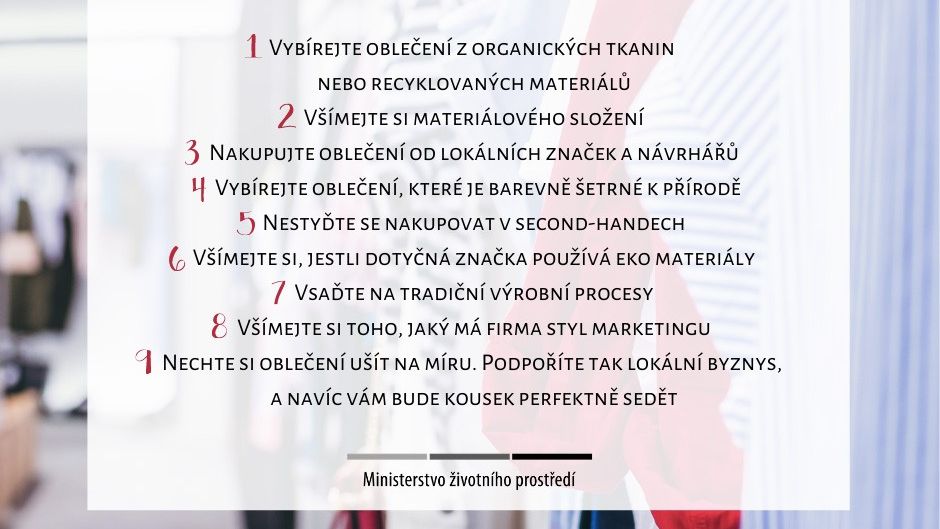The term “fast fashion” was coined in the nineties to describe the rapidly accelerating trend of the mass production of clothing articles. In the present day, it is often used to describe extremely cheap and easily accessible fashion that is produced on a massive scale and without much regard for the environment or worker conditions. Over one billion pieces of clothing are produced yearly in this manner.
Fortunately, we are observing fashion to be “slowing down” recently. Sustainable (or slow) fashion is attracting a lot of attention in the media, namely in the last year or so. Even prominent fashion magazines like Vogue, Elle and Harper’s Bazaar are apparently deeply interested in this approach.
The main thought behind slow fashion can be expressed with the motto “less is more”. The high quality of the product and environmental sustainability are the primary concerns. The aim is to help customers prioritize quality over quantity, to buy fewer clothes and to be actively interested in the production process. Eco Age founder Livia Firth proposes a simple aid to use when shopping for clothes – to consider whether the particular item will be worn at least 30 times. Creative director of Mother of Pearl Amy Powey appeals to customers to actively inform themselves about the conditions of clothing production of their favourite brands and to only buy from producers who employ sustainable methods.
Back to the main point, what can you do to escape the fast fashion cycle?
- Favour clothes made from organic fabrics or recycled materials
- Look for the material composition indicated on the product
- Buy clothes from local brands and designers
- Choose products with eco-friendly dyes
- Don’t be ashamed to shop in second-hand stores
- Find out whether a specific brand uses eco-friendly materials
- Prioritize traditional manufacturing methods
- Be aware of the marketing of brands
- Support local businesses by buying custom tailored clothing
The Bespoken brand aligns completely with the slow fashion philosophy. We stride for the longevity of our shirts, using only the highest quality materials. Secondly, we are trying to keep the carbon footprint of every shirt as low as possible, prioritizing suppliers who employ sustainable methods. Our selection of Turkish materials is produced in factories located near the cotton farms and the shirts themselves are sewn in facilities located only 300 km away.


 2. 11. 2020
2. 11. 2020

